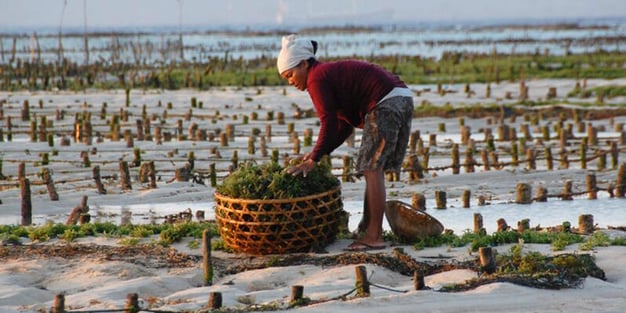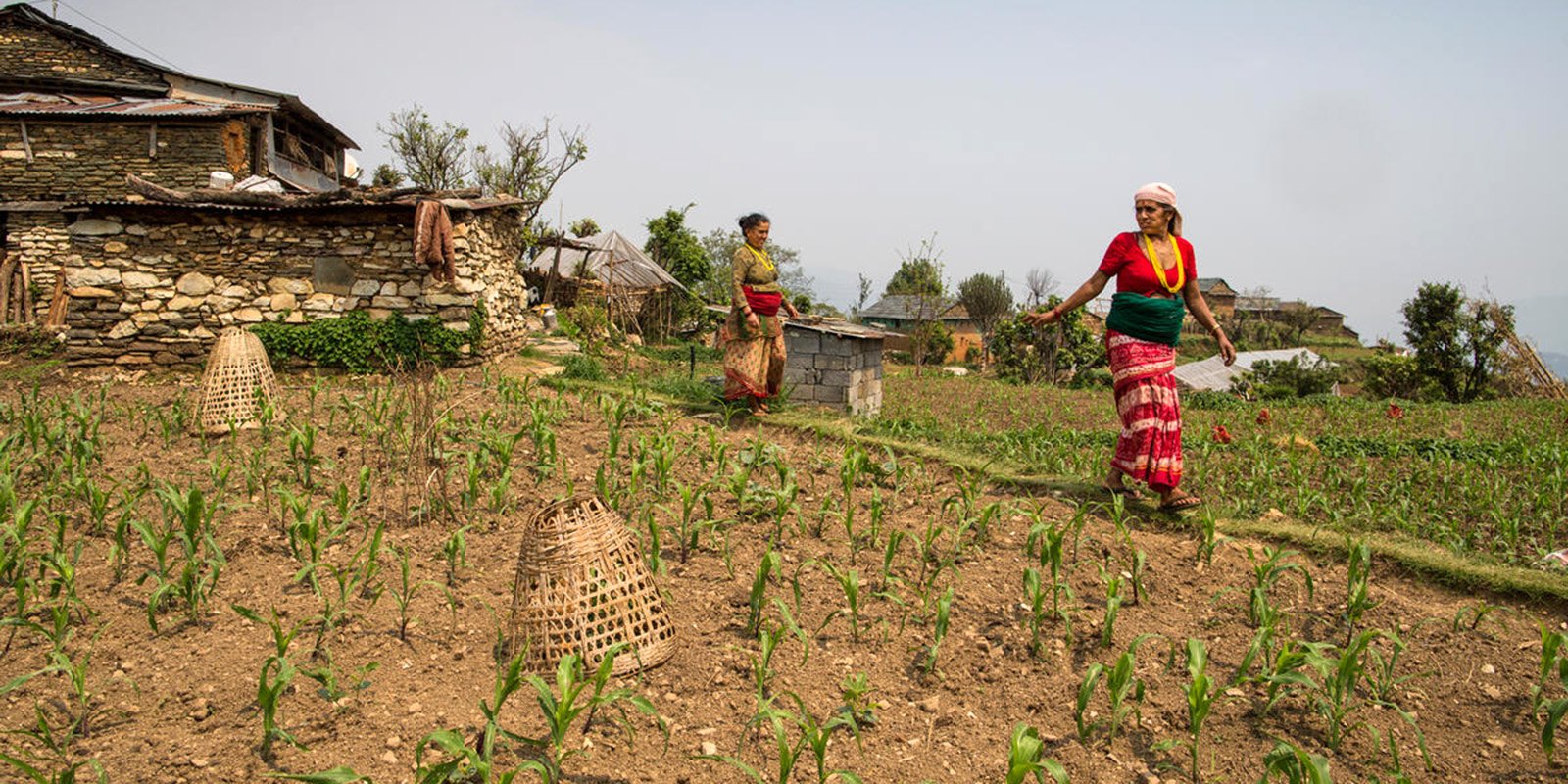
As world leaders gather in New York next week for the UN summit on the Sustainable Development Goals, WWF Special Envoy Marco Lambertini makes the case for investing in nature as the best way to secure lasting prosperity on a healthy planet.
With nature in freefall, climate breakdown intensifying, food and water crises spreading, and a world in conflict, the evidence suggests that at the halfway point for delivery on the United Nations (UN) Sustainable Development Goals (SDGs) - agreed to by UN member states in 2015 to address global social, economic, and environmental challenges - we are going backwards.
And yet we have never had a better opportunity to turn things around and realize the promise of the SDGs - prosperity for all on a healthy planet.
Last year, through the Kunming-Montreal Global Biodiversity Framework, the new agreement on marine biological diversity of areas beyond national jurisdiction (BBNJ), and related resolutions on nature-based solutions and the right to a healthy environment, the world signalled its commitment to a nature-positive future.
This has the potential to be game-changing.
Healthy ecosystems and the services they provide - from clean air and water, to sustainable economies and a stable climate - underpin all the SDGs, and are the foundation upon which lasting peace and prosperity can be built.

In Nepal, communities in the Chitwan-Annapurna and Terai Arc landscapes are working
together to manage natural resources sustainably, adapt to the impacts of climate
change, and reduce greenhouse gas emissions. © Karine Aigner/WWF-US
And at the SDG Summit this September, world leaders must endorse and scale the approaches, resources, and financial architecture necessary to sustain and restore natural systems, and begin to forge an inclusive, nature-positive global economy.
Investing in nature would help accelerate progress on all the SDGs under review by the UN this year.
For Goal 6 on clean water and sanitation, for example, many countries are struggling to meet people’s basic needs.
Nearly two billion people lack access to clean drinking water, half the world’s population has no safe sanitation, and even developed economies are suffering from drought, drying rivers, and water scarcity.
Rectifying this requires countries to work together across borders to restore river basins and freshwater ecosystems in severe decline globally.
The Freshwater Challenge, the largest river and wetland restoration initiative in history launched earlier this year at the UN Water Conference by Colombia, the Democratic Republic of Congo, Ecuador, Gabon, Mexico, and Zambia, offers a framework for change.
Other governments and partners should join, and emulate countries such as Mexico that in 2018 set the pace for water security in the Latin American region by creating 10 water reserves covering 55% of the country's surface water that will guarantee water supplies for 45 million people and critical ecosystems for the next half-century.
Nature’s role in Goal 7 on affordable and clean energy and in a just transition is also central.
Renewable energy sources provided by the sun and wind are available in abundance, and replenished by nature.
Solar and wind generation must displace fossil fuels for the energy sector to reach net-zero emissions by 2050 and 90% of the world’s electricity could come from renewables by 2050.
While this needs around $4 trillion annual investment in renewable energy until 2030, the reduction in pollution and climate impacts alone could save up to $4.2 trillion a year by 2030.
And at a community level, affordable nature-powered renewable energy offers benefits around the world.
In Nunavut, for example, the hamlet of Gjoa Haven has formed Canada’s first Inuit energy co-operative to pilot solar, efficiency, and waste-to-heat solutions to reduce reliance on expensive polluting diesel fuel and transition to renewable energy.
In meeting Goal 9 on industry, innovation and infrastructure, building for the future means respecting nature.
Carefully blending new infrastructure with natural landscapes and integrating ‘green’ and ‘grey’ systems would reduce costs, save lives, and increase resilience.
And in delivering on Goal 11 on sustainable cities and communities, nature is no less critical.
Green spaces in cities, where 75% of the global population is projected to be living by 2050, improve quality of life, combat air pollution, increase climate resilience, support biodiversity, and create jobs.
In Milan, for example, the municipality and local citizens are using nature to improve city infrastructure and address environmental health risks such as pollution, flooding, and the ‘urban heat island’ effect.
All these examples confirm what the UN Secretary-General said last December in his State of the Planet address, “Making peace with nature is the defining task of the 21st century … the top, top priority for everyone, everywhere.”
Heads of State joining the SDG Summit in September, should take note because by prioritizing nature, they have an opportunity to accelerate SDG delivery. Here’s how.
- Recognise the Kunming-Montreal Global Biodiversity Framework, the new agreement on marine biodiversity, and related resolutions as the road maps for delivering on nature-related dimensions of the SDGs, including preserving remaining intact nature (at least 30%), restoring degraded ecosystems, transforming food systems, and securing deforestation- and conversion-free value chains.
- Adopt whole-of-government, whole-of-society, and rights-based approaches to implementing these agreements and resolutions, including through transformative, high impact initiatives that together form an SDG acceleration package.
- Apply and scale up equitable nature-based solutions that protect, restore, and sustainably use nature to advance delivery on net-zero emissions, and tackle the climate crisis while providing societal and economic benefits.
- Mobilize all necessary means, including by closing climate and nature financing gaps, unlocking private and blended finance, aligning financial flows with social and environmental goals, and eliminating harmful subsidies for fossil fuels and agriculture.
- Implement reforms that shape an equitable, net zero, nature-positive global financial system, and establish ways of measuring progress that look beyond GDP to planetary health and intergenerational well-being and equity.
With just seven years left to deliver on the SDGs, it’s time to repair our broken relationship with the planet and secure all life on Earth.
The risks and costs of inaction are immense - but restoring our shared natural capital will help us shape a fairer, safer world, and ensure that we leave no one behind.
Read more:
Realising the promise of the SDGs relies on nature
2022: Landmark year for nature

